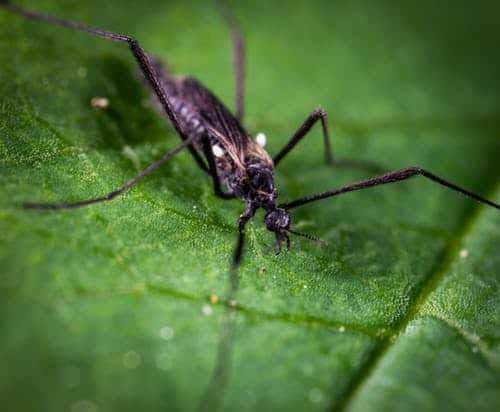Bacillus thuringiensis (Bt) is a type of soil-dwelling bacterium that produces insecticidal proteins. These proteins are toxic to certain insects and can be used as a natural form of pest control in agriculture and gardening. Bt has been used for over 50 years, and its effectiveness and safety have been extensively studied.
In this post, we will explore the top 10 things you need to know about Bacillus thuringiensis.
1. How does Bacillus thuringiensis work?
Bt produces crystal-shaped proteins called delta-endotoxins or Cry toxins. When ingested by susceptible insects, these toxins bind to specific receptors in their gut lining, causing the cells to burst open and killing the insect within a few days.
2. Which insects are susceptible to Bacillus thuringiensis?
Bt is effective against many types of caterpillars, including tomato hornworms, cabbage loopers, corn earworms, armyworms, cutworms, tent caterpillars, gypsy moths, and more. It is also effective against some beetle larvae like Colorado potato beetles.
3. Is Bacillus thuringiensis safe for humans?
Yes! Bt has been extensively studied over the past five decades and has an excellent safety record when used as directed for pest control purposes. The World Health Organization (WHO) classified Bt as “unlikely” to cause harm to humans or other non-target organisms.
4. What about honeybees? Are they affected by Bacillus thuringiensis?
No! Honeybees are not affected by Bt because they do not have the receptors necessary for delta-endotoxin binding in their gut lining.
5. Can I use Bacillus thuringiensis on my organic farm/garden?
Yes! Bt is approved for organic farming practices by several certifying agencies worldwide because it is a natural and non-toxic alternative to chemical pesticides.
6. How do I apply Bacillus thuringiensis?
Bt can be applied as a spray or powder directly onto the foliage of plants, where caterpillars are present. It is also effective when used in combination with other pest control methods like crop rotation, beneficial insects, and physical barriers.
7. What is the shelf life of Bacillus thuringiensis?
The shelf life of Bt varies depending on the formulation and storage conditions. However, most formulations have a shelf life of 1-2 years when stored in a cool, dry place.
8. Can Bacillus thuringiensis be used year-round?
No! Bt should only be used during the active growing season because it needs to be ingested by caterpillars while they are actively feeding on plants.
9. Is there any resistance to Bacillus thuringiensis?
Yes! Some insect populations have developed resistance to Bt after prolonged exposure over several generations. To prevent resistance from developing further, it’s essential to rotate different types of organic pesticides and use them only when necessary.
10. Are there any precautions I need to take when using Bacillus thuringiensis?
Like any pesticide product, you should always follow the instructions on the label/application guidelines carefully. Wear protective clothing such as gloves and safety goggles if required for handling purposes.
In conclusion:
Bacillus thuringiensis (Bt) is an effective and safe pest control option for organic farmers/gardeners worldwide that has been studied extensively over many decades. It’s environmentally friendly nature makes it stand out among conventional pesticides as one with no adverse effects on humans or animals alike.
However, care must still be taken while applying this bacterium-based solution so that it achieves optimal results without harming non-target organisms or leading to resistant strains developing over time.
In summary: When appropriately applied according to the instructions and guidelines, Bacillus thuringiensis is an excellent tool for anyone looking to control caterpillar pests in their garden or farm.


Leave a comment